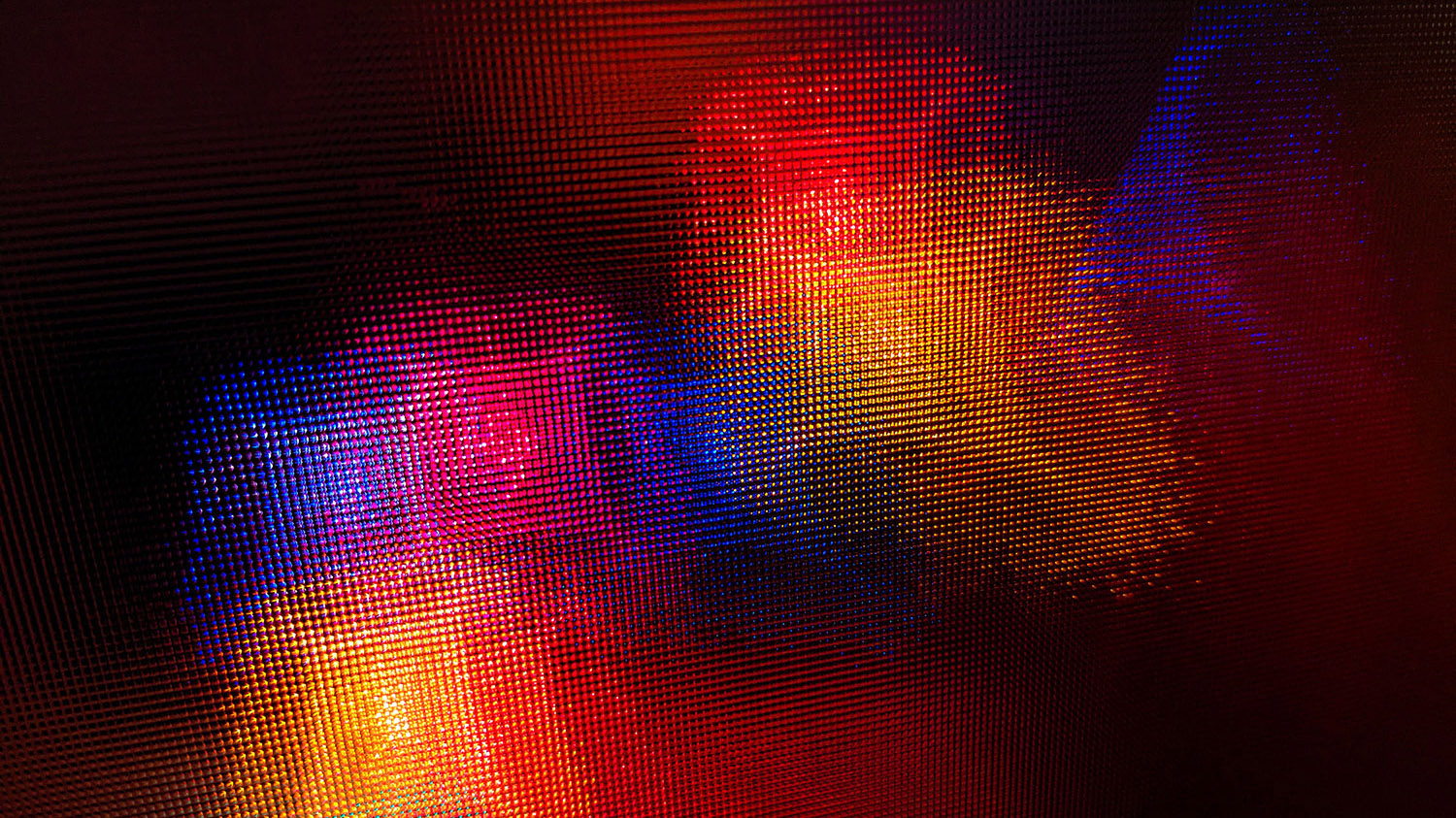Four image resolutions examples you should know

Aspect ratios play a crucial role in determining the dimensions of digital content, including images and videos. They represent the proportional relationship between an image’s width and height. Commonly expressed as two numbers separated by a colon, aspect ratios help maintain visual consistency across various platforms and devices. There are infinity variations of aspect ratios, but, some of them are more used online. In this list we explore some resolutions such as 1500x900, 1080x1350, 1080x1920 and 960x720. Check out why you could use them.
Table of Contents
The 1500x900 with 5:3 Aspect Ratio
In the world of web design and digital editions, the 5:3 aspect ratio of 1500x900 pixels offers a versatile canvas for artists. This resolution, with its width of 1500 units and height of 900 units, has a rounded value (easy to remember and avoids typo errors when coding) but a balance between width and height. Content creators often turn to this aspect ratio for designing captivating visuals, whether it’s for web graphics, photography, or video content. The 5:3 aspect ratio provides ample space for crafting compositions that emphasize both breadth and depth, allowing for engaging and visually pleasing results.
1080x1350 with 4:5 Aspect Ratio
When it comes to social media, visuals are king, and different platforms have specific requirements for optimal display. The aspect ratio of 1080x1350, often associated with Instagram portrait photos, is 4:5. This ratio provides a taller and more portrait-oriented canvas, making it ideal for showcasing people and subjects in a vertically oriented frame.
The 1080x1920 with 9:16 Aspect Ratio
As our previous example, 1080x1920 -also known as FullHD- is a resolution commonly used for videos and smartphone displays mainly because of social media requirements. An aspect ratio of 9:16, which is perfect for the vertical orientation of mobile devices. This ratio ensures that videos and images fit seamlessly on smartphone screens, delivering an immersive viewing experience.
A 4:3 4:3 Aspect Ratio used for 960x720
In the realm of standard definition video and older digital content, you’ll often encounter the 960x720 resolution with a 4:3 aspect ratio. This aspect ratio was once the standard for television screens, providing a balanced and square-like frame that was well-suited for older TVs and computer monitors. This resolution could be considered low-quality on current devices when it’s shown on a full page, for example on a web page. At the same time, it could be helpful to reduce image size.
How we do it
Our approach to gathering information on the most commonly used resolutions and aspect ratios is a result of online research combined with the assistance of AI technology. If you have any suggestions or would like to propose improvements, please go ahead and contact us. We would love to improve the content of our articles.
Conclusion: Be flexible, and adapt
Nowadays, content is shared across a wide range of devices and platforms, and versatility is essential. These specific aspect ratios – 4:5, 9:16, or 4:3 – highlight the need for content creators to adapt their visuals to meet varying demands.
In conclusion, aspect ratios are the backbone of visual content creation, defining how images and videos are displayed across different mediums. The aspect ratios of 1080x1350 (4:5), 1080x1920 (9:16), 1500x900 (4:3), and 960x720 (4:3) cater to specific needs in the digital landscape, from social media to mobile displays and legacy devices.